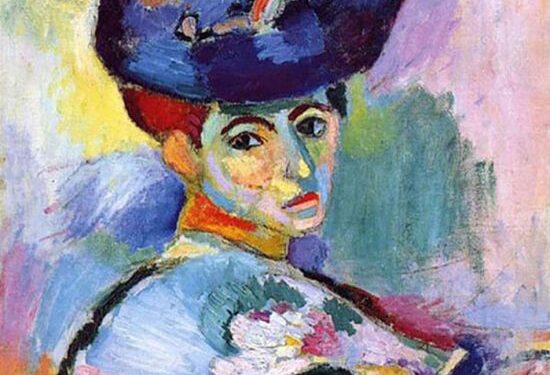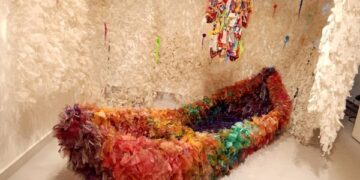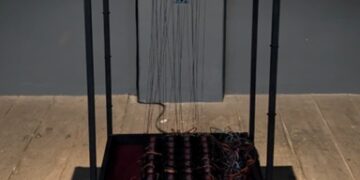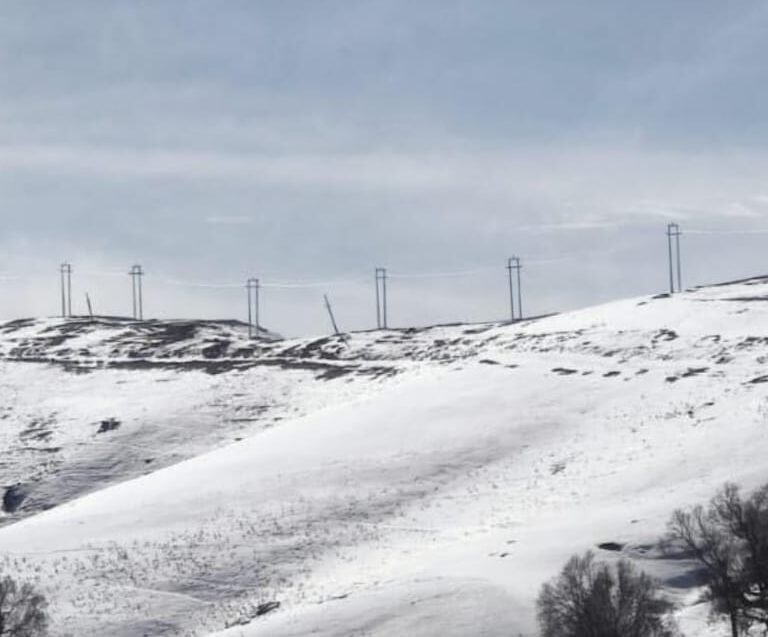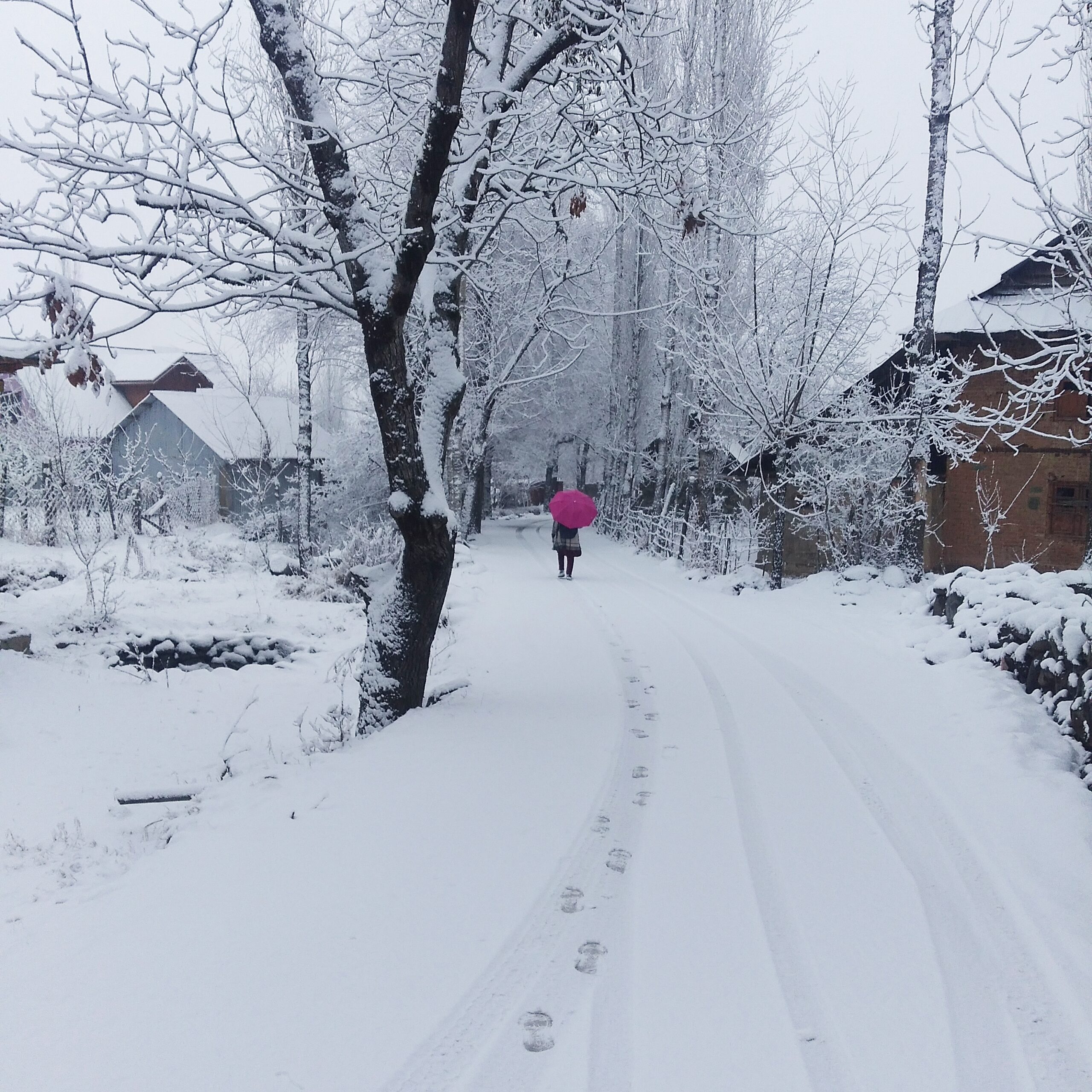For anyone who has ever sat with a brush in hand, unsure of whether to reach for watercolor or acrylic, gouache quietly waits in the middle ground. Soft yet vibrant, matte yet rich, it has been the secret weapon of illustrators, designers, and fine artists for centuries. Today, it’s enjoying a well-earned revival—not just in art schools and studios, but at kitchen tables and makeshift home ateliers across the world.
But what exactly is gouache, and how does one begin to use it? Let’s take a closer look, step by step, into the tools, techniques, and time-tested methods—some even borrowed from the old masters.
Step 1: Understanding What Gouache Really Is
Gouache (pronounced “gwash”) is an opaque, water-based paint that dries to a beautiful matte finish. It’s made of pigment, water, and a binding agent—typically gum arabic—just like watercolor, but with one key difference: the addition of white pigment (often chalk or zinc white), which gives it opacity.
Artists like Henri Matisse turned to gouache in his later years, especially for his famous cut-outs, precisely because of this flat richness. His series Jazz (1947) wouldn’t have the same pop or harmony in watercolor or oil. Gouache allowed him to paint large areas of vibrant, even color—then cut and rearrange them like paper poetry.
Step 2: Choosing the Right Tools
Paints: Beginners can start with a basic set of primary colors and white. Brands like Winsor & Newton, Holbein, or even student-grade sets like Arteza or Camlin (for Indian readers) are good starting points.
Brushes: Unlike watercolor, gouache benefits from synthetic brushes that hold their shape. Round brushes (sizes 4 to 10) are versatile for lines and detail, while flat brushes help fill space or create clean edges.
Paper: Gouache needs thick paper—ideally watercolor paper around 200–300 gsm. Cold-pressed is best for texture, though smooth hot-pressed paper works well for graphic or illustrative styles.
Fun fact: Jean-Baptiste Oudry, an 18th-century French painter, used gouache to paint exquisite animals and still lifes. He preferred smooth surfaces to bring out delicate fur textures—proof that paper selection affects results, even centuries ago.
Step 3: Setting Up Your Palette
Gouache comes in tubes but dries fast—so squeeze out only what you need. Use a ceramic plate or plastic palette. Keep a spray bottle handy to rewet your paints as you go.
Mixing colors takes practice, but the rewards are immense. Remember, gouache dries slightly lighter than it looks when wet—something early modernists like Wassily Kandinsky learned to anticipate in his abstract experiments.
Step 4: Learning the Techniques
Here’s where the magic begins.
Flat Washes: Mix your paint with just enough water to glide smoothly. Aim for creamy—not runny—consistency. Great for backgrounds, skies, and poster-like compositions.
Layering: Let each layer dry before applying the next. Since gouache is opaque, lighter colors can go on top of dark—something watercolor cannot do. This is how Raoul Dufy, another French master, created luminous, playful scenes with surprising depth.
Dry Brush: With very little water, gouache creates textured, scratchy marks—ideal for fabrics, hair, or rough terrain.
Lifting and Reworking: Damp brushes or tissues can lift color once dry, letting you correct or lighten areas. Gouache is generous that way—especially useful for learners and perfectionists alike.
Mixing Media: Gouache plays well with others. Use ink, colored pencils, or even collage. The Bauhaus artists, including Paul Klee, used gouache in mixed-media explorations that blended geometry with dreamlike abstraction.
Step 5: Practicing with Purpose
Start simple: a bunch of lemons, your teacup, or the view from your balcony. Focus on learning how the paint behaves—where it pools, where it dries too fast, how layering changes color. Don’t rush.
One small project I always recommend: a value study using just black and white gouache. Paint an object using only tints and shades. This old exercise—used even by academic painters of the 19th century—teaches control, form, and contrast like nothing else.
Gouache in the Digital Age
Though it’s rooted in tradition, gouache is thriving again—featured in illustrations, storybooks, and concept art. Many digital artists mimic gouache textures, but few things compare to the real thing: the weight of the brush, the velvety finish on paper, the slow pleasure of mixing the perfect green.
Even today, if you flip through the sketchbooks of animators or travel artists, gouache often appears between the pages—fast-drying, portable, vivid. A reminder that sometimes, the old ways still offer something fresh.
Gouache doesn’t demand perfection—it invites experimentation. Whether you’re painting bold abstract shapes like Matisse, quiet botanical studies like Oudry, or simply practicing how to blend a soft sky, the medium welcomes you with open arms.

